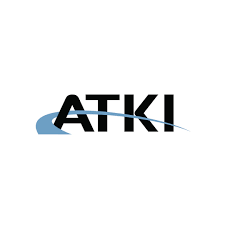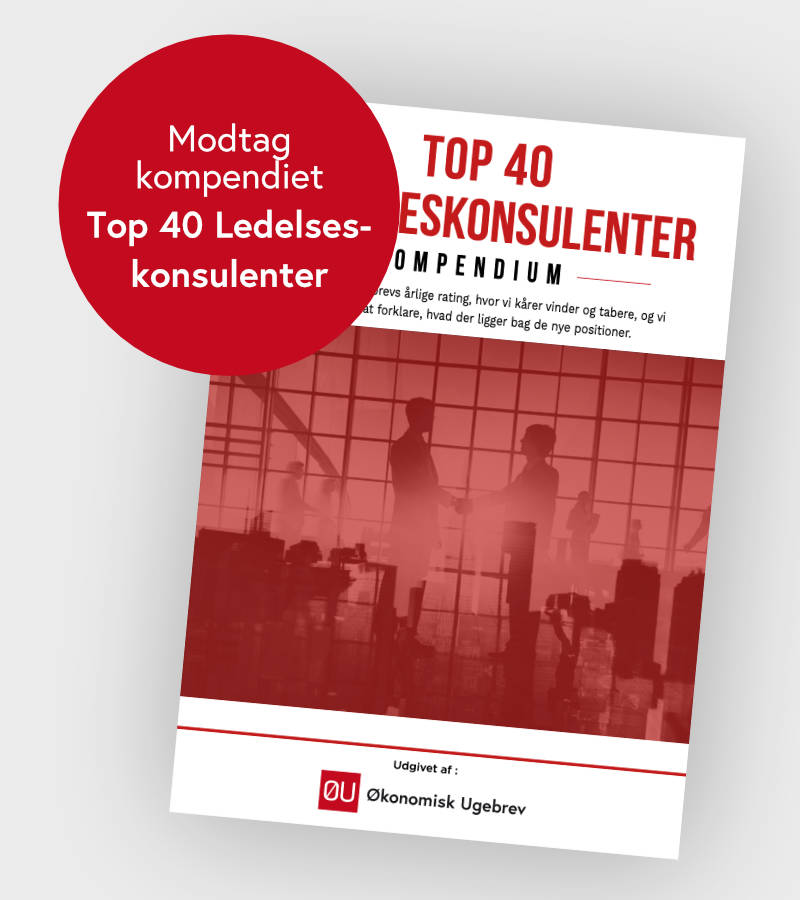Survey af bestyrelsens effektivitet: 40 procent af topcheferne mener, at bestyrelserne leverer et ringe arbejde: PwC har gennemført et survey blandt 550 børsnoterede selskaber i USA. Resultaterne er på mange måder overraskende. Her bringer vi et uddrag: ”Executives say that directors have a deep understanding of the company. Roughly 9 out of 10 executives say their board understands the company’s strategy, key business risks, competitive landscape, culture, shareholders, and talent development and pipeline.Yet almost half of executives think the board falls short in overall effectiveness. 40% say their boards are doing a fair or poor job overall. But views are not consistent across the C-suite. 74% of IT executives view board performance as fair or poor, compared to just 25% of CEOs and CFOs. Executives want director turnover. 82% of executives think that at least one member of their company’s board should be replaced. 43% think two or more directors should go. Director preparedness falls short. Only 37% of executives say their board comes to meetings fully prepared. The COVID-19 pandemic put a special spotlight on issues with crisis management oversight. Only 30% of executives say their board is able to respond well in a crisis. Management wants boards to be more engaged, not less. Only 9% of executives say the board oversteps its oversight authority, while many more think the board should be more willing to challenge management in areas like crisis preparedness (48%) and risk management (37%).”
Survey: Sådan ser CFO’erne på 2021, især med fokus på nære markeder, fra omkostninger til vækst og nye investeringer: I Deloitte-rapporten ” CFO Signals ” baseret på et survey blandt anderikanske CFO’s lyder konklusionerne blandt andet sådan: ”Companies’ heightened, pandemic-driven focus on costs and investment has subsided; the shift toward current geographies over new ones continued. Having shifted toward a cost reduction over revenue growth focus when the pandemic emerged in 2Q20, companies have since shifted back toward revenue growth (54% vs. 26%, for a net of +28%, up from +10% last quarter). Similarly, having shifted strongly toward investing cash over returning it, companies have since shifted back to a more typical level of investment bias (54% vs. 21%, for a net of +33%, down from +49% last. The focus on current offerings over new ones remains relatively split (37% vs. 32%, for a net of 5%). Last quarter’s heavy bias toward current geographies over new ones continued, but was less severe (73% vs. 8%, for a net of -65%). The bias toward organic growth over inorganic growth strengthened through 2018 and 2019, but there has been somewhat of a shift back toward inorganic growth since 2Q20 (58% vs 13%, for a net of -45%).(…) CFOs mostly say their companies’ 2021 strategies will not be substantially different from pre-pandemic, but there is a general trend toward M&A, broader offerings, a smaller real estate footprint, and more diversified supply chains. Other expectations vary greatly by industry.”
Forskere: Sådan virker corporate governance maskinen: Forskere fra to amerikanske universiteter skriver , at ”In a time of climate change, racial and economic inequality, and crisis stemming from the global pandemic, corporations are alternately maligned for their conduct and embraced as a solution for change. Observers have increasingly excoriated the traditional view of corporate purpose—that corporations should be managed for the benefit of shareholders, and specifically, to maximize their wealth—as contributing to societal problems. As a result, only two decades after prominent scholars announced “ the end of history ” in favor of shareholder primacy, luminaries in the field are again asking: For whom is the corporation managed? Do fiduciaries owe a duty to maximize shareholder value or may they prioritize the interests of other stakeholders? In a new paper , we contribute to this important debate by enlarging the aperture. Specifically, we provide an original account of the “corporate governance machine”—a complex system of corporate governance in the United States composed of law, markets, and culture. We describe each of these components and show how the machine powerfully drives corporate behavior and solidifies corporate purpose as promoting shareholder interests.”
Morten W. Langer
Vær et skridt foran
Få unik indsigt i de vigtigste erhvervsbegivenheder og dybdegående analyser, så du som investor, rådgiver og topleder kan handle proaktivt og kapitalisere på ændringer.
- Vi filtrerer støjen fra den daglige nyhedscyklus og analyserer de mest betydningsfulde tendenser.
- Du får dybdegående og faktatjekket journalistik om vigtige erhvervsbegivenheder lige nu.
- Adgang til alle artikler på ugebrev.dk.













